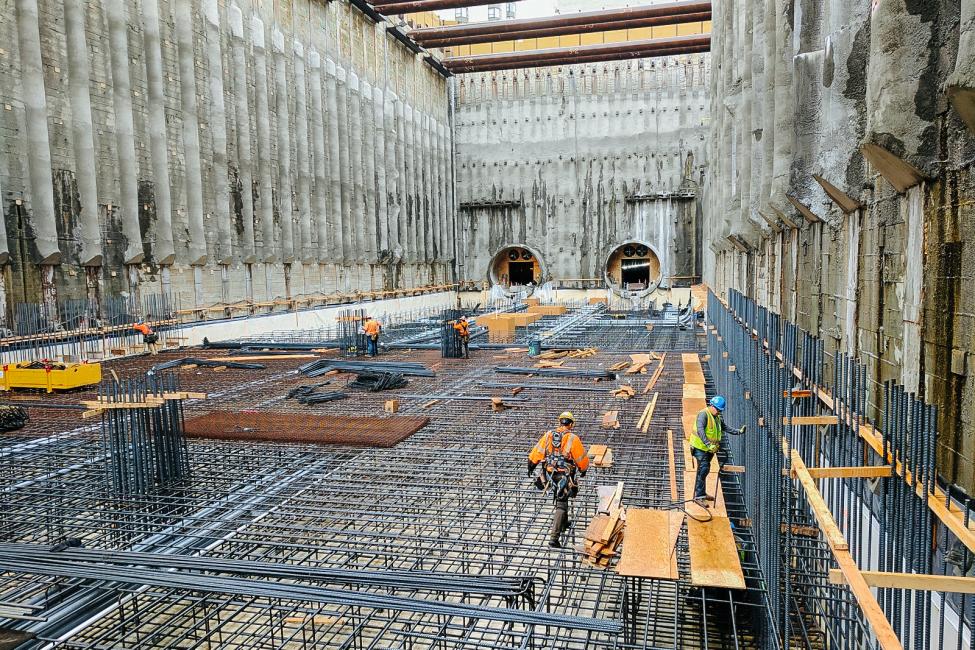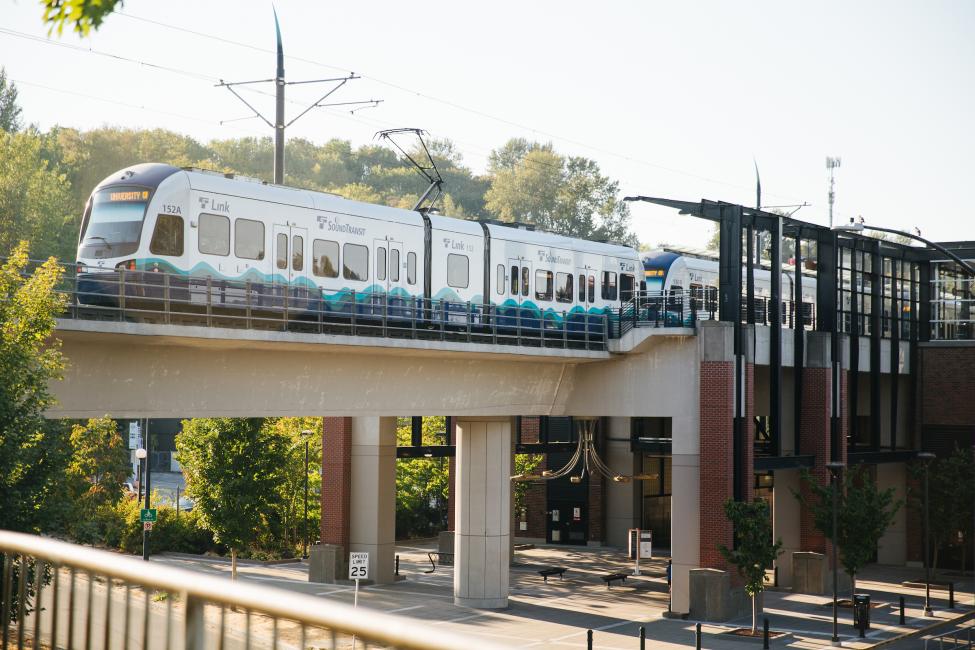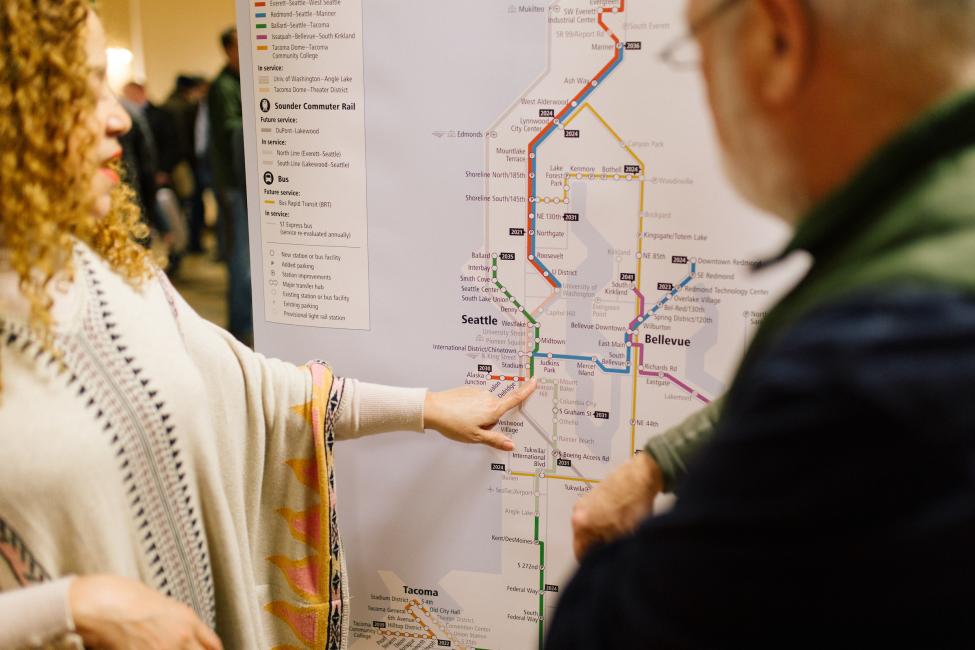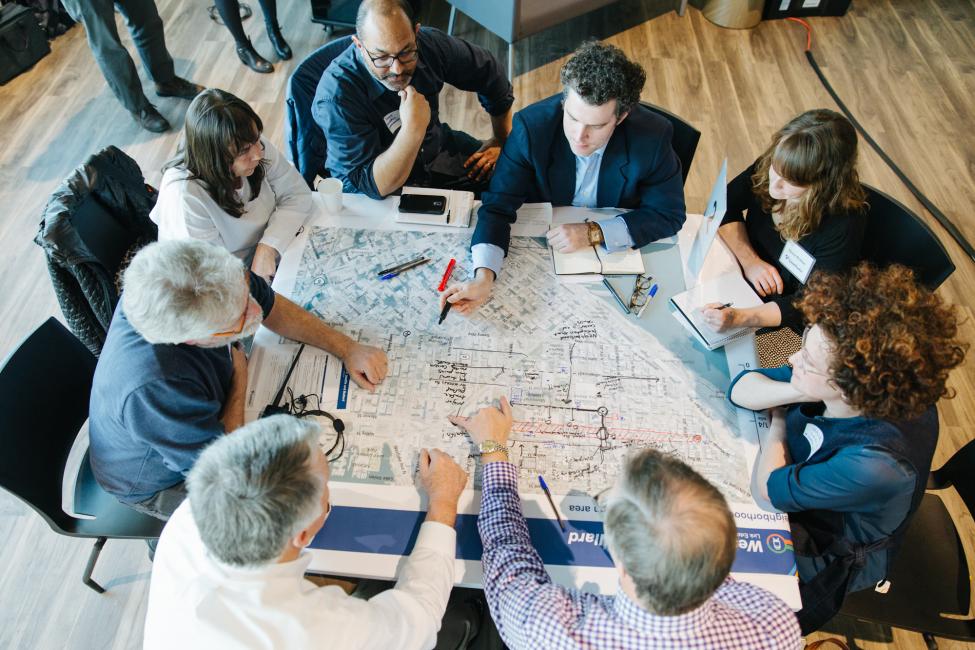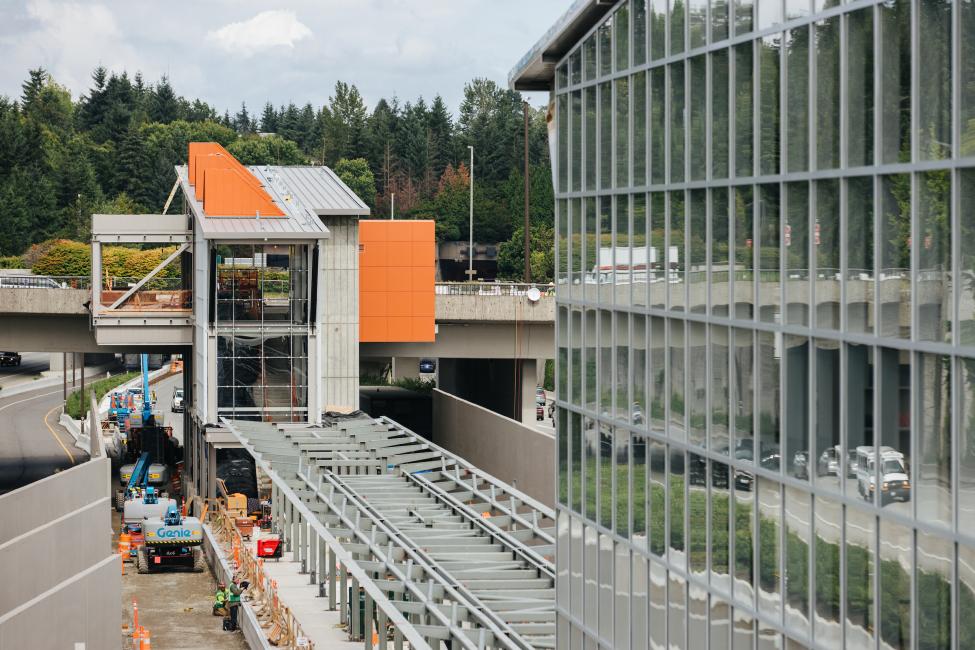The Seattle Times recently published an article titled “Could Sound Transit build light rail faster? It wouldn’t be easy.”
It’s a question the public asked three years ago when Sound Transit was preparing the $54 billion ST3 system expansion ballot measure. At that time, we heard the public’s call to speed things up, and we duly revised our approach to projects by finding opportunities to accelerate things where possible.
This allowed us to present voters with a plan that saved three-to-five years on project delivery compared to the traditional approach.
Voters said yes, and we are now committed—and on schedule—to meet those faster timelines. But as the Seattle Times correctly concluded, it would be difficult to deliver our projects any faster than that.
The good news is that we are on schedule to open nearly 30 new miles of light rail in the next 4.5 years:
- In 2021 (just two years away!) we’ll open three new stations at Northgate, Roosevelt and the U District.
- In 2023 we’ll open the Blue Line, which will serve 19 stations from Northgate to the Redmond Technology Center, including 10 new stations: one in Judkins Park, one on Mercer Island, six(!) in Bellevue and two in Redmond.
- In 2024 we’ll open another nine stations: two each in Federal Way, Shoreline and Redmond, and one each in Mountlake Terrace, Lynnwood, and Kent/Des Moines.
If we had a magic wand here at The Platform, we’d make the complete system appear overnight: all 116 miles of light rail, 45 miles of bus rapid transit and 91 miles of Sounder. "Expecto transitum!"
Unfortunately, there are no Hogwarts graduates at Sound Transit.
It’s just us engineers, planners and community outreach staffers who are working to build transit in the deliberate, thorough way the law requires.
The projects voters approved in 2016 will have to complete the same steps that govern the lives of every major capital transportation project.
We look forward to opening light rail service to Tacoma and West Seattle in 2030, Ballard and South Lake Union (in a new subway!) in 2035, Everett in 2036 and Issaquah and Kirkland in 2041.
So why does it take so long? Here’s an overview:
Route selection, environmental studies, final design, construction
1. Where should the tracks and stations go?
Selecting a route takes between one and three years.
Sound Transit cannot build wherever we please.
We build in cities and counties that have the authority over things like zoning and permitting, so we all must agree before we can move dirt.
We also build in established communities that have a rightful say in how and where we do things. After robust public engagement, we narrow the list to viable options to study in environmental review.
2. What are the impacts and benefits of all the different route options
Required environmental review and preliminary design typically takes between four and six years.
These federal and state-mandated requirements put the narrowed list of options through rigorous environmental review and then another diligent round of public engagement.
3. Ironing out the construction details
Final design takes between two and three years.
Once the Sound Transit Board selects exact locations, only then can we finish designing the tracks and stations, negotiate property purchases and secure permits and easements.
4. Putting shovels in the ground
Construction takes at least five years.
This is the when we put shovels in the ground, doing things such as relocating utilities, rebuilding streets, digging tunnels, building bridges, laying tracks and building stations.
Some laws also slow down construction, but often for good reasons. For example, noise ordinances protect residents from excessive noise while limiting the hours in which we can work.
The final step during this phase includes testing. This can take six months to a year.
Safety certification is the critical final step. This includes lengthy tests, inspections and approvals from fire departments and others to ensure that our system will operate safely and efficiently once opened.
Responsible spending, responsive planning
In addition to these mandatory steps, there’s another important factor: money.
We are building these projects with taxpayer dollars, and we don’t have a $54 billion check in hand.
Taxpayers are paying for this massive transit expansion in installments over a 25-year period.
Meanwhile, by policy we limit the amount of debt we can carry and maintain minimum cash reserves.
This means we have to build projects over time as the money comes in. That might seem like an eternity in Twitter Time, but it’s how we ensure we are good stewards of taxpayer money.
All of this is to say our expansion doesn’t happen in a vacuum.
It happens in the larger context of representative government where we must work transparently and collaboratively with the wide array of people invested in our projects: local residents and neighborhood groups, local businesses and property owners, community advocates, vital industry, as well as our agency partners at the city, county, state, and federal level.
Meeting the public demand for transit expansion means abiding by the public expectation for good governance —which means putting in quality time to build quality transit.
Back to The Platform
